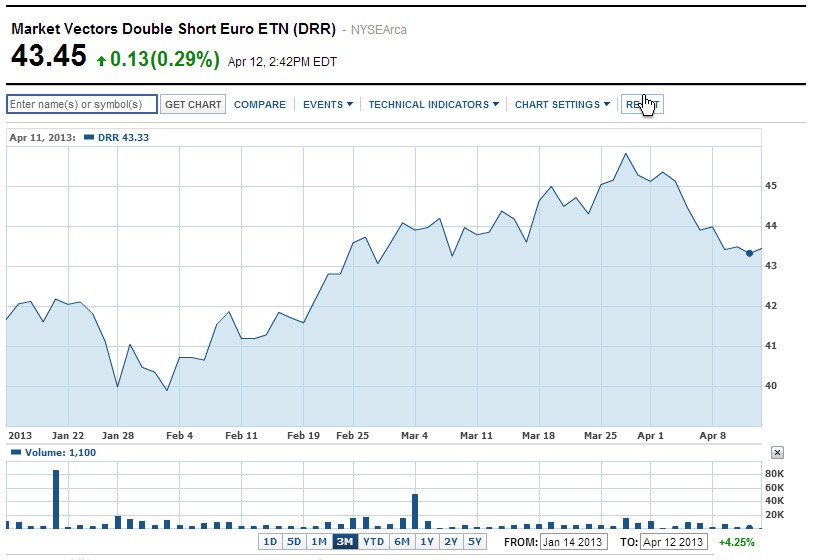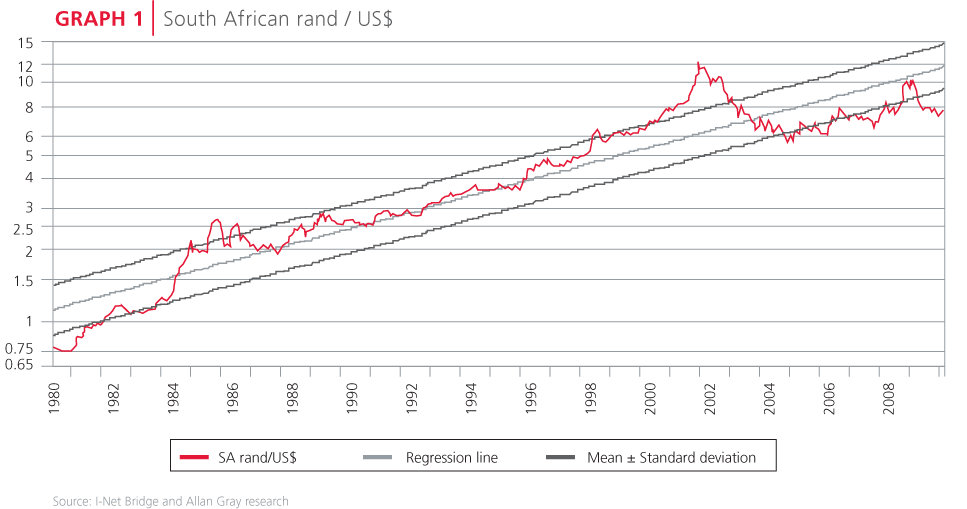Of the euro relative to the will
Post on: 8 Июнь, 2015 No Comment

1. Depreciation of the euro relative to the U.S. dollar will cause a U.S.-based multinational firm’s reported earnings (from the consolidated income statement) to _______. If a firm desired to protect against this possi¬bility, it could stabilize its reported earnings by _______ euros forward in the foreign exchange market.
A) be reduced; purchasing
B) be reduced; selling
C) increase; selling
D) increase; purchasing
2. Springfield Co. based in the U.S. has a cost from orders of foreign material that exceeds its foreign revenue. All foreign transactions are denominated in the foreign currency of concern. This firm would _______ a stronger dollar and would _______ a weaker dollar.
A) benefit from; be unaffected by
B) benefit from; be adversely affected by
C) be unaffected by; be adversely affected by
3. Whitewater Co. is a U.S. company with sales to Canada amount¬ing to C$8 million. Its cost of materials attributable to the purchase of Canadian goods is C$6 million. Its interest expense on Canadian loans is C$4 million. Given these exact figures above, the dollar value of Whitewater’s “earnings before interest and taxes” would _______ if the Canadian dollar appreciates; the dollar value of Whitewater’s cash flows would _______ if the Canadian dollar appreciates.
A) increase; increase
B) decrease; increase
E) increase; be unaffected
4. Sycamore (a U.S. firm) has no subsidiaries and presently has sales to Mexican customers amounting to MXP98 million, while its peso denomin¬ated expenses amount to MXP41 million. If it shifts its material orders from its Mexican suppliers to U.S. suppliers, it could reduce peso denominated expenses by MXP12 million and increase dollar denominated expenses by $800,000. This strategy would _______ the Sycamore’s exposure to changes in the peso’s movements against the U.S. dollar. Regardless of whether the firm shifts expenses, it is likely to perform better when the peso is valued _______ relative to the dollar.
A) reduce; high
B) reduce; low
C) increase; low
D) increase; high
5. Which of the following is an example of economic exposure but not an example of transaction exposure?
A) an increase in the dollar’s value hurts a U.S. firm’s domestic sales because foreign competitors are able to increase their sales to U.S. customers.
B) an increase in the pound’s value increases the U.S. firm’s cost of British pound payables.
C) a decrease in the peso’s value decreases a U.S. firm’s dollar value of peso receivables.
D) a decrease in the Swiss franc’s value decreases the dollar value of interest payments on a Swiss deposit sent to a U.S. firm by a Swiss bank.
6. Rockford Co. is a U.S. manufacturing firm that produces goods in the U.S. and sells all products to retail stores in the U.K.; the goods are denominated in pounds. It finances a small portion of its business with pound denominated loans from British banks. Which of the following is true? (Assume that the amount of products to be sold is guaranteed by contracts.)
A) The dollar value of sales is higher if the pound depre¬ciates against the dollar.
B) The dollar value of sales is unaffected by the pound’s exchange rate.
C) Both of these are true.
D) Neither of these is true.
7. If a U.S. firm’s expenses are more susceptible to exchange rate movements than revenue, the firm will _______ if the dollar _______.
A) benefit; weakens
B) be unaffected; weakens
C) be unaffected; strengthens
D) benefit; strengthens
8. Laketown Co. has some expenses and revenue in euros. If its expenses are more sensitive to exchange rate movements than revenue, it could reduce economic exposure by _______. If its revenues are more sensitive than expenses, it could reduce economic exposure by _______.
A) decreasing foreign revenues; decreasing foreign expenses
B) decreasing foreign revenues; increasing foreign expenses
9. Any restructuring of operations that _______ the difference between a foreign currency’s inflows and outflows may _______ economic exposure.
A) reduces; increase
B) increases; reduce
C) reduces; reduce
D) none of these
10. It is generally least difficult to effectively hedge various types of:
A) translation exposure.
B) transaction exposure.
C) economic exposure.
D) translation exposure AND economic exposure.
1. Wisconsin Inc. conducts business in Zambia. Years ago, Wisconsin established a subsidiary in Zambia that has consistently generated very large profits denominated in Zambian kwacha. Wisconsin wishes to restructure its operations to reduce economic exposure. Which of the following is not a feasible way of accomplishing this?
A) increase Zambian supply orders.
B) increase Zambian sales.
C) restructure debt to increase debt payments in Zambia.
D) reduce Zambian sales.
2. Which of the following firms is not exposed to translation exposure?
A) firm X, with a fully owned subsidiary that periodically remits earnings generated in Great Britain to the U.S.-based parent.

B) firm Y, with a fully owned subsidiary that periodically generates foreign losses in Sweden; the parent covers at least some of these losses.
C) firm Z, with a fully owned subsidiary that generates substantial earnings in Germany; the subsidiary never remits earnings but reinvests them in Germany.
D) all of these firms are exposed to translation exposure.
3. _______ represents any impact of exchange rate fluctuations on a firm’s future cash flows.
A) Translation exposure
B) Economic exposure
C) Transaction exposure
D) None of these
4. An effective way for an MNC to assess its economic exposure is to look at the firm’s:
A) income statement.
B) liquidity.
C) retained earnings.
D) level of stockholder’s equity.
5. If revenues and costs are equally sensitive to exchange rate movements, MNCs may reduce their economic exposure by restructuring their operations to shift the sources of costs or revenues to other locations so that:
B) cash outflows exceed cash inflows in each foreign currency.
C) cash inflows match cash outflows in each foreign currency.
D) none of these.
6. Managing economic exposure is generally perceived to be _______ managing transaction exposure.
A) more difficult
B) less difficult
C) just as difficult as
D) none of these
7. As opposed to transaction exposure, managing economic exposure involves developing a _______ solution.
B) long-term
C) immediate
D) none of these
8. Cierra, Inc. is attempting to assess its degree of economic exposure in euros. In order to do so, it has applied regression analysis to determine whether the percentage change in its total cash flow is related to the percentage change in the euro. A _______ and statistically significant slope coefficient resulting from this analysis implies that the cash flows are _______ related to the percentage changes in the euro.














